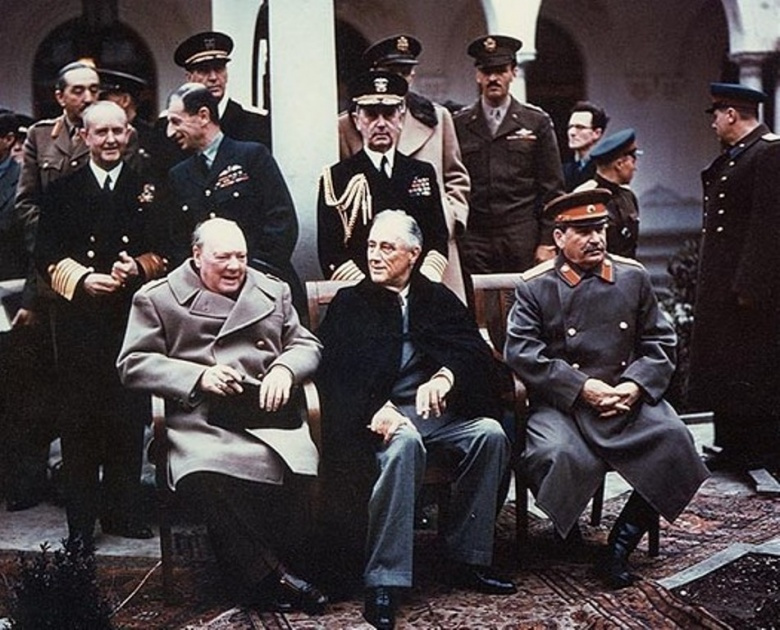http://www.asyura2.com/14/kokusai9/msg/834.html
| Tweet | �@ |


�č��j��Ŋ댯�ȂT�喿�F�E�E�Ȃ��ł����{�͍ł��u�c���v�\�ă��f�B�A
FOCUS-ASIA.COM 1��23��(��)3��50���z�M
�č��j��Ŋ댯�ȂT�喿�F�E�E�Ȃ��ł����{�͍ł��u�c���v�\�ă��f�B�A
�ă��f�B�A�u�i�V���i���E�C���^���X�g�v�̃E�F�u�T�C�g�͂Q�P���A�č��j��ɂ����Ċ댯�������A���邢�͊댯�ȓ��������T�����A�Ȃ��ł����{�́u�ł��c���v�ł���ƕ]���镶�͂��f�ڂ����B�����Q�Q�����B
���͂́A���j��č��̓���Y�܂��Ă����T�喿�F�Ƃ��ē��{�A�\�A�A�T�_���E�t�Z�C���������̃C���N�A�p�L�X�^���A�p�t�����B�[������̃C�����������A�����́u���F�v��n���������Ă����Ƃ܂ŏ̂��Ă���B
���̂Ȃ��œ��{�ɂ��ẮA�č��Ƃ͐�ʊW�������Ă���A�P�X���I������Q�O���I���߂ɂ͋����Œ����̋`�a�c�^������������ق��A�Z�I�h�A�E���[�Y�x���g���哝�͓̂��{���A�W�A�ƃ\�A�̃o�����X��ۂJ�M�Ƃ݂Ȃ��Ă����Ƃ����B�܂��A��P�����E��펞�ɂ͓��{�������m�n��ɂ����ăh�C�c�ɑR����d�v�ȃp���[�Ƃ��ꂽ���A�P�X�S�P�N�̐^��p�U���ŕč��l�̐S�ɉi�v�ɏ������邱�Ƃ̂Ȃ��ɂ݂�^�����Ƙ_���Ă���B
�����āA���{�͐^��p�U���ŕč��Ɏ��҂Q�O�O�O�l���܂�A�����҂P�O�O�O�l���܂�̑��Q���o�����������A�č��������ɂ������t�B���s�����܂ރA�W�A�����m�̕������Ƃɑ��Ċ�P���d�|���A�č��ɑ���ȃp���[����������Ƃ����B���̂ق��A�����̓��{�R�ɂ�铊�~���͂킸���P�|�R���Ƌɂ߂ĒႭ�A���̂��������̈ӎu�ɂ�铊�~�͂킸���R���̂P�ɗ��܂�A�c��͂��ׂďd�ǂ�d�a�ɂ���Đ퓬�̌p�����邢�͎��Q���ł��Ȃ����߂ɓ��~��]�V�Ȃ����ꂽ�P�[�X�ł���Ɛ����B��Q�����E���ɂ�����č��̃A�W�A�����m�n��ł̎����������[���b�p�̐��̂R�D�T�{�ɏ���Ă���A���{�Ƃ����u���F�v���u�c���v�ł��邱�Ƃ�������Ƙ_�����B
�i�ҏW�|��@��R�r���j
�ŏI�X�V:1��23��(��)3��50��FOCUS-ASIA.COM
http://www.focus-asia.com/socioeconomy/photonews/407287/
The 5 Most Precarious U.S. Allies of All Time; No alliance is perfect, but these five states are the allies from hell.
�@By Zachary Keck, January 21, 2015, The National Interest
1. Imperial Japan
As most Japanese celebrated the success of Pearl Harbor, the architect of the attack, Admiral Isoroku Yamamoto, reflected ominously, �gI fear all we have done is to awaken a sleeping giant and filled him with a terrible resolve."
If only U.S. officials had demonstrated such prescience nearly a century before when they sent Commodore Matthew Perry to forcibly open up the hyperisolationist country. Although Perry was successful in his immediate objective, the United States ultimately got more than it bargained for in the exchange.
After shedding their initial reluctance, Japanese leaders embraced modernization with a fervor nearly unparalleled in human history. Underlying this drive was a desire to transform Japan into a great power so that it could never again be bullied by Western powers.
Although the bilateral relationship was never free of tension, particularly over China and immigration issues, the United States initially found much to like in an increasingly powerful Japan. For example, Tokyo joined American and European powers in helping to suppress the Boxer Rebellion in China. Even before then, Theodore Roosevelt used a rising Japan as a check against Russian power in Asia. Japan was also valuable in commandeering Germany�fs Pacific holdings during WWI. Following the war, and despite continued tensions, Japan and the United States signed a number of important agreements at the Washington Conference of 1922.
Of course, all of this was more than outweighed by what followed, as tensions over China and Asia greatly intensified. This ultimately culminated in the attack on Pearl Harbor that killed over 2,000 Americans and wounded more than a thousand others. Imperial Japan followed up the surprise attack by conquering much of the Asia-Pacific, including the U.S.-controlled Philippines. It would rule over these territories with barbaric savagery.
Removing Japan from these lands?which fell primarily to the United States?proved no easy task. Imperial Japanese soldiers surrendered at appallingly low rates. According to some sources, only one to three percent of Japanese forces surrendered throughout the war, and only one third of these troops actually wanted to surrender (the rest were too sick or wounded to commit suicide or continue fighting.) As a result, most estimates suggest that America�fs casualty rate in the Pacific theater was about three and a half times larger than in Europe.
http://nationalinterest.org/feature/the-5-most-precarious-us-allies-all-time-12075?page=show
�@
|
|
|
|
���e�R�����g�S���O �@�R�����g�����z�M �@�X�����Ĉ˗� �@�폜�R�����g�m�F���@
������@�@�@�@�@ �����C���� > ����9�f�����@���� �@�O��
|
|
 �X�p�����[���̒����猩���o�����߂Ƀ��[���̃^�C�g���ɂ͕K���u���C������ցv�ƋL�q���Ă��������B
�X�p�����[���̒����猩���o�����߂Ƀ��[���̃^�C�g���ɂ͕K���u���C������ցv�ƋL�q���Ă��������B���ׂẴy�[�W�����p�A�]�ځA�����N���������܂��B�m�F���[���͕s�v�ł��B���p�������N��\�����Ă��������B